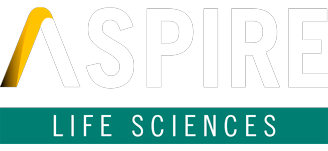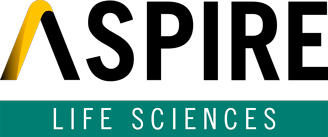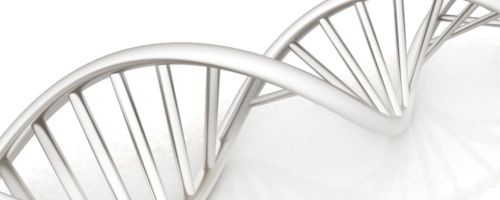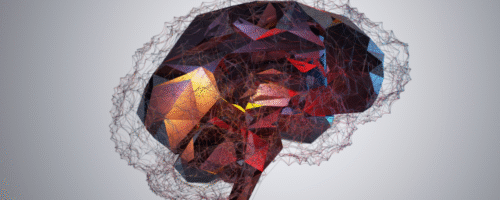The journey of medical devices in the fight against cancer

Cancer is one of the biggest challenges humanity has ever faced. For decades, people have been asking the same question: will there ever be a cure?
The truth is, there isn’t one single answer. But what’s clear is this — medical devices have been, and will continue to be, one of the biggest weapons we have in this fight.
The past: The first breakthroughs
Go back 100 years, and cancer was often only spotted when it was too late. Surgery was brutal. Outcomes were poor. Then came medical imaging. Companies like Siemens in Germany and Philips in the Netherlands brought X-rays and CT scans into hospitals. For the first time, doctors could actually see cancer inside the body. Soon after, radiation therapy arrived. Swedish company Elekta and others developed machines that could target tumours with beams of energy, destroying cancer cells without cutting the patient open. It was a turning point.
These early devices didn’t cure cancer, but they changed the game. They gave doctors tools, and gave patients hope.
The present: Smarter, more personal, more human
Fast forward to today, and devices are everywhere in cancer care. They’re not just machines in hospitals, they’re part of the entire journey.
Robotic surgery, like that being developed by CMR Surgical in the UK, allows tumours to be removed with millimetre precision. AI-powered companies like Kheiron Medical in London are making breast cancer screening more accurate than ever. And Irish startup Luminate Medical has designed a device to stop hair loss during chemotherapy, something that might not cure cancer, but makes an enormous difference to how patients feel during the toughest moments of their lives.
We’re also seeing huge strides in blood-based diagnostics. Instead of invasive biopsies, companies like Angle in the UK are developing “liquid biopsy” technology, spotting cancer from a simple blood test. Meanwhile, wearables from innovators like Current Health in Scotland are helping doctors monitor patients through treatment, catching problems before they become emergencies.
Devices today are smarter, more personal, and more human than ever before.
The future: Towards the “dream device”
So where do we go from here?
The end goal is simple to say, but unbelievably hard to reach: a world where cancer is detected early, treated effectively, and ultimately cured. Early detection will play a massive role, companies like Novigenix in Switzerland and Oncimmune in the UK are working on blood-based profiling that could flag cancer before symptoms even appear. But catching cancer is only half the story. We also need devices that can cure it once it’s already there.
This is where some of the most exciting breakthroughs are happening. In Israel, Insightec is using focused ultrasound to destroy tumours deep inside the body, without a single incision. Imagine a device that could wipe out cancer cells with sound waves alone. Elsewhere, researchers are exploring implantable systems that deliver targeted treatments directly into tumours, attacking them from the inside, cell by cell, while leaving the rest of the body unharmed.
Global leaders are pushing the boundaries too. Roche in Switzerland and Siemens Healthineers in Germany are investing billions into next-generation devices that combine AI, robotics, and precision radiotherapy, with one clear mission: to move from simply managing cancer to truly curing it.
The “dream device”, something that constantly scans your body, detects the very first cancer cell, and eliminates it before it spreads, doesn’t exist yet. But every piece of the puzzle is being worked on. Step by step, the impossible is becoming possible.
Why this matters
The fight against cancer isn’t just about technology. It’s about people. Patients, families, doctors, and the innovators who are building the devices that will save lives. And that’s where recruitment comes in.
Behind every breakthrough is a team: the engineers writing the code, the scientists running the trials, the clinicians guiding the design, the leaders driving the vision. Finding, attracting, and enabling this talent is just as critical as the science itself. If we can bring the best minds together, the ones who see not just what devices can do today, but what they could do tomorrow, then curing cancer moves from being a dream to being a real possibility. If you’re looking to work with some of the globe’s leading start-up medical device companies focused on cancer, I’d love to hear from you. The next breakthrough won’t happen without the right people behind it, and those people could be you.
About the author
Taylor Lyons is a Recruitment Consultant at Aspire Life Sciences. He specialises in bridging the gap between talented professionals and leading companies within the MedTech sector across Europe and the Middle East. With a keen focus on the nuances of Medical Device Regulation (MDR), he brings a strategic approach to recruitment. He ensures that both candidates and organisations are aligned across compliance, skills, and cultural fit.
If you’re looking for a new career opportunity or seeking the right addition to your team, contact taylor.lyons@aspirerecruitmentgroup.com.





Leave a Reply